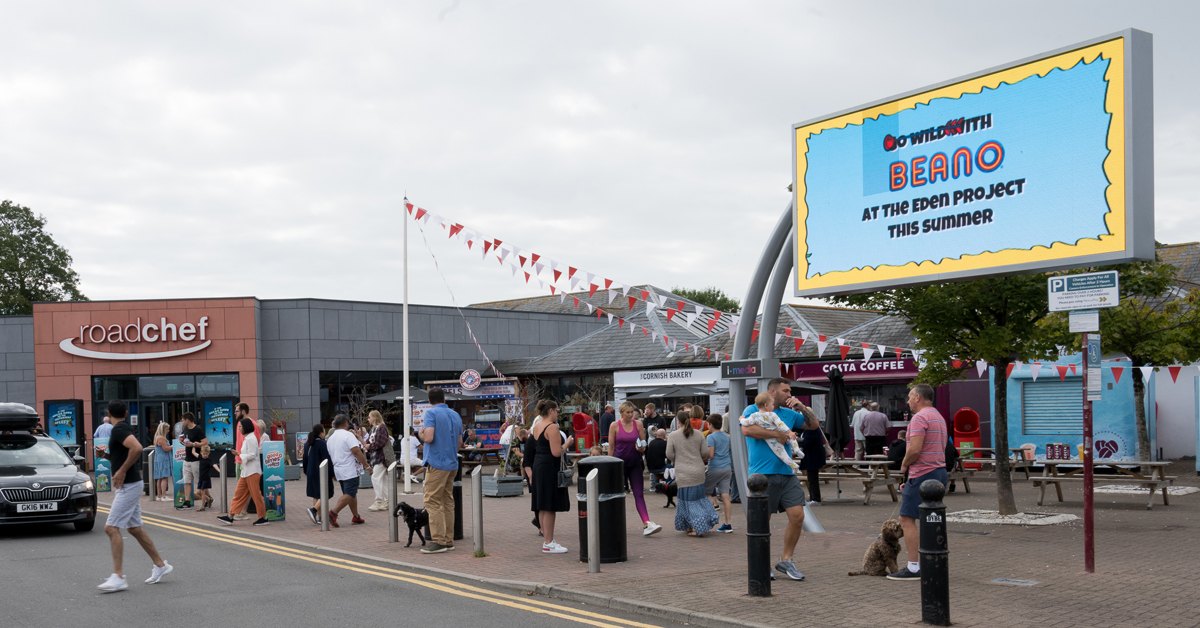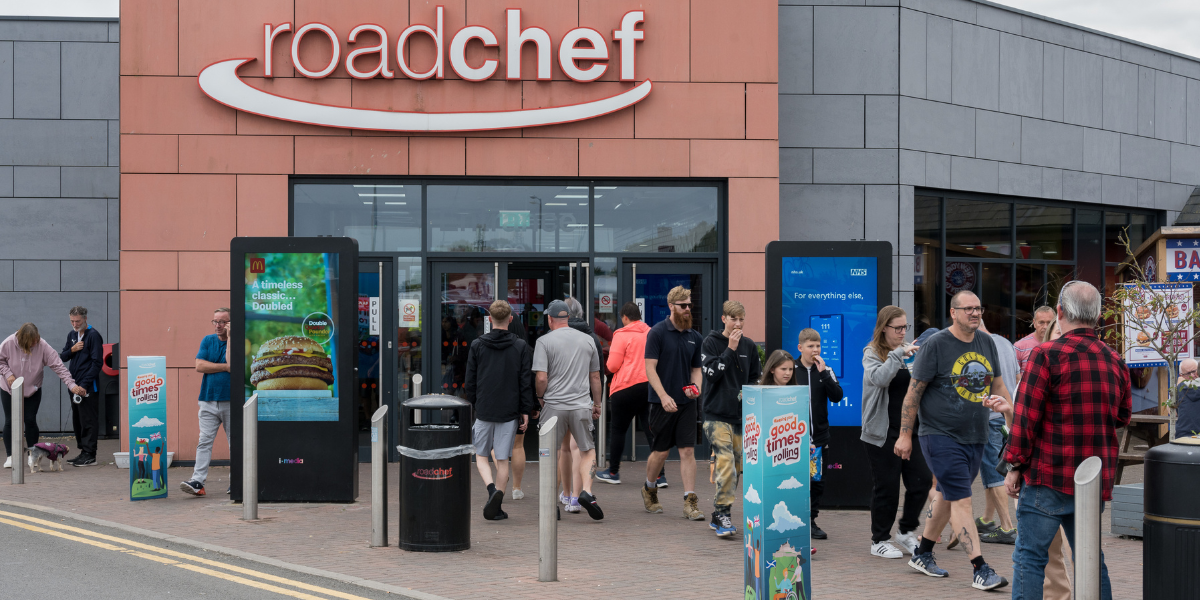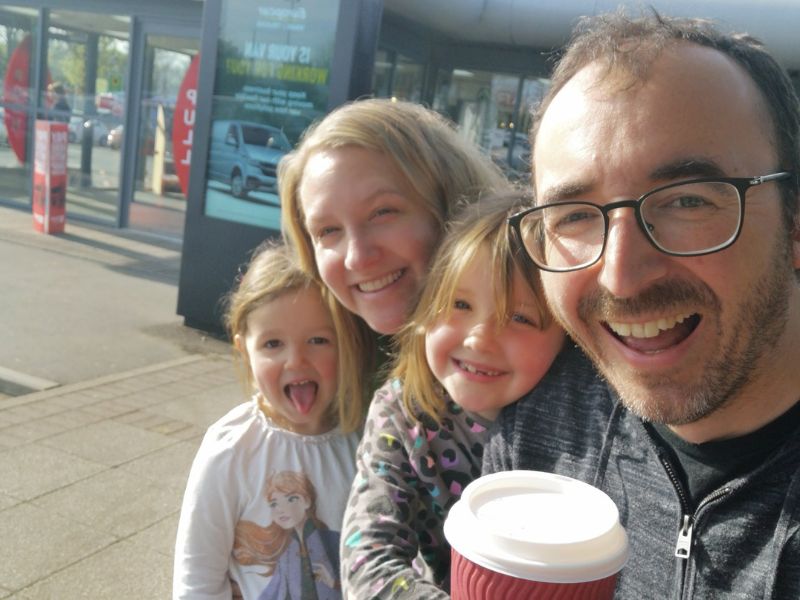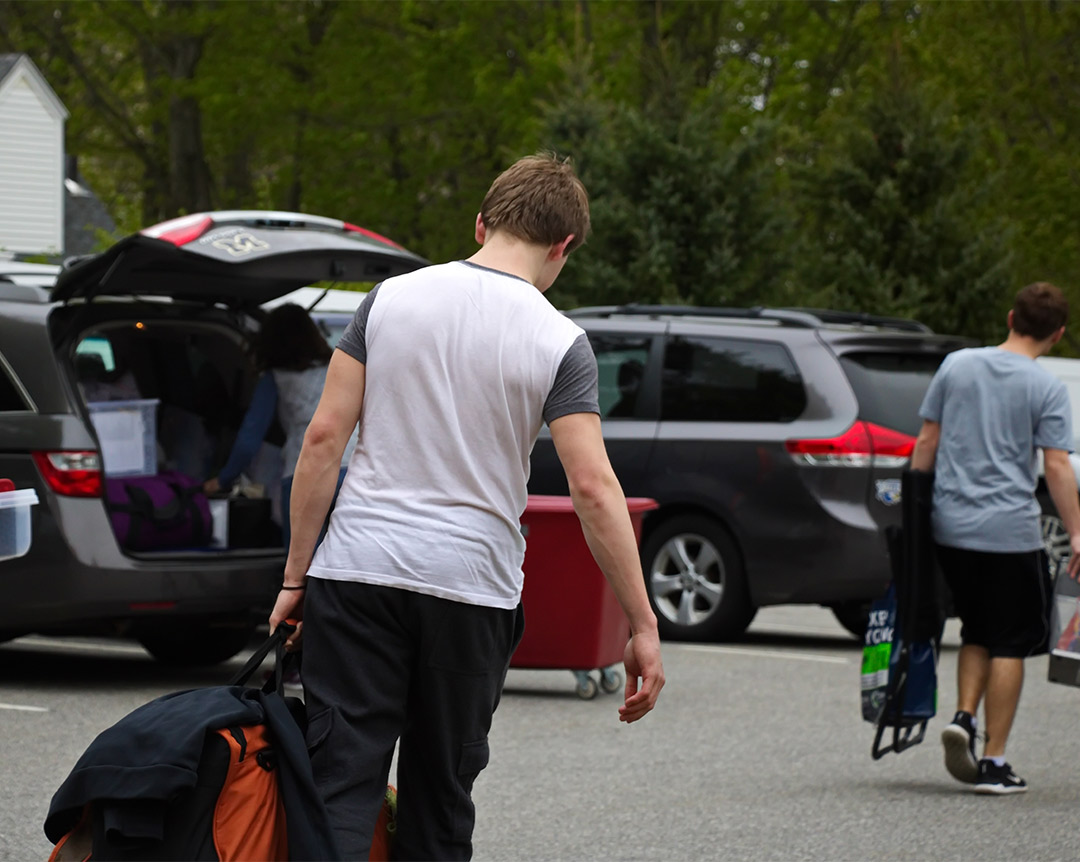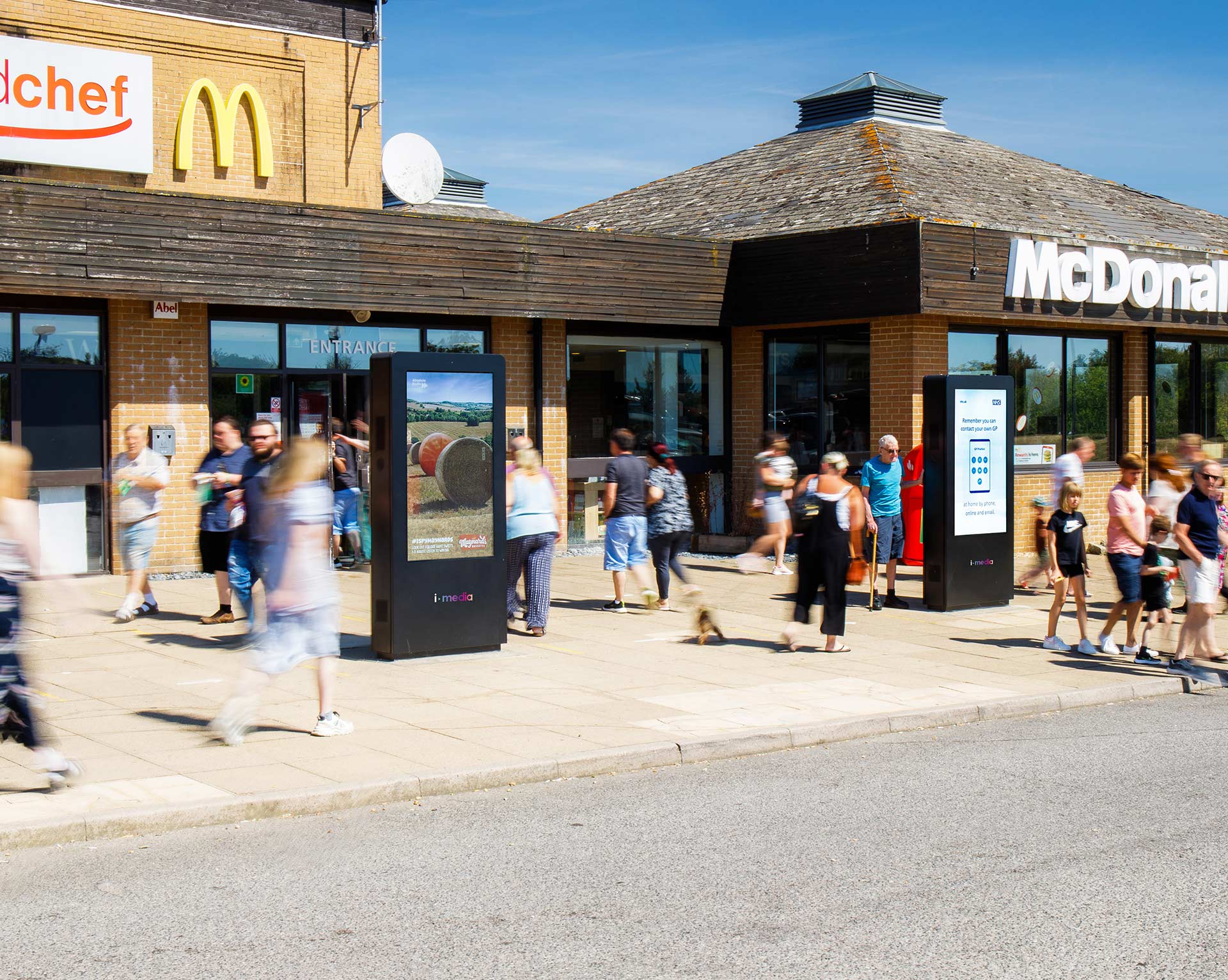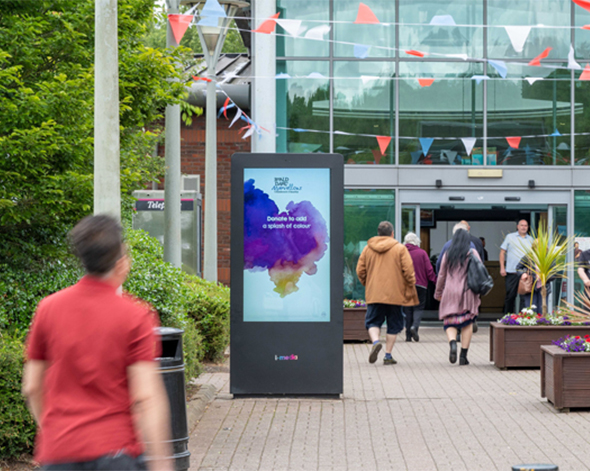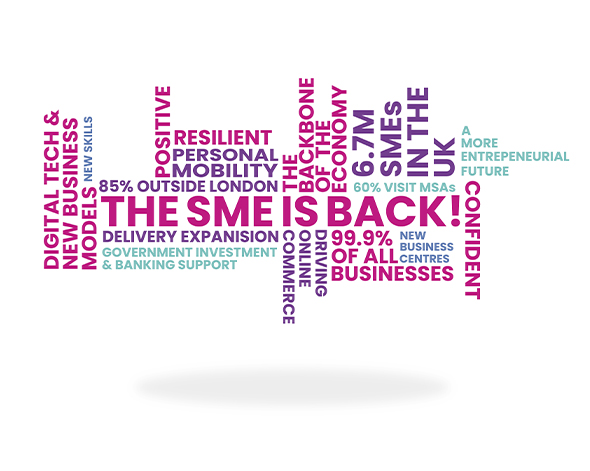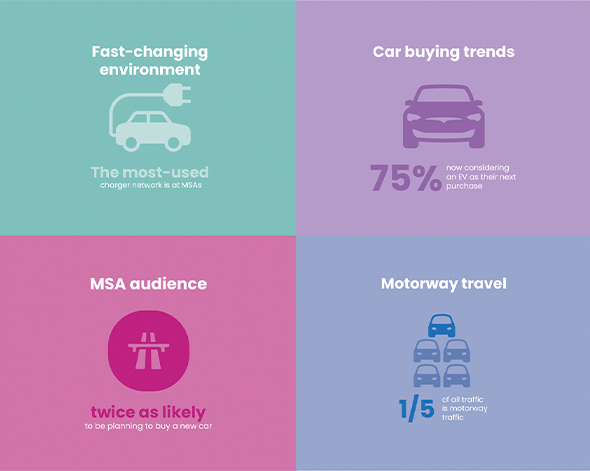Transport Focus reports 93% consumer satisfaction with MSAs
Oct
The Transport Focus annual Motorway Service Area survey for 2022 was launched this week, heralding huge satisfaction levels across the network and lots of detail on the visitor experience. Rugby services was announced as the top location, achieving an unprecedented and incredible 100% customer satisfaction rating. Five sites reached 99%+ levels of overall satisfaction and 93 of 119 sites achieved 90%+. 61% of visitors are “very” satisfied with their experience.
The survey was conducted across May-July (peak season) and attracted a wholly robust 31,000 respondents who were surveyed on their views on all aspects of the MSA, including facilities, cleanliness, the staff, value of the food and drink, electric vehicle charging and the impact their visit has on drivers’ mood.
For the first time Transport Focus surveyed motorway services visitors in Scotland and Wales operated by Roadchef and Welcome Break. Sarn Park (Welcome Break) is the highest rated services in Wales (97 per cent) and Hamilton (Roadchef) the highest rated in Scotland (94 per cent).
Overall satisfaction levels for the MSA network reached 93% – much higher than for other environments surveyed by Transport Focus. Rugby Services also came out on top as the site visitors were most likely to recommend to someone making a similar journey.
The net positive mood shift sees 30% of audience increase their happiness/relaxed mindset on leaving an MSA. 79% report being either happy or relaxed on departure.
Over 80% of visitors buy food and drink on site and a similar number use the toilet facilities. Satisfaction levels are segmented across various aspects of the MSA, including food and drink, toilet facilities and Wi-Fi. Overall satisfaction levels were higher amongst Business and Commuter audiences, who are using MSA’s regularly, and amongst younger visitors.
The majority (68%) of respondents are travelling for leisure, followed by business (15%), and professional (11%). HGV drivers account for 9% of respondents and those commuting 5%. 60% of respondents are male and there is a good range of age groups with 40% being between 35-54 years of age.
Dwell time at MSAs averages at 20-30 minutes. Those who are happiest with the environment spend up to an hour on site. The dwell time rises with Electric Vehicle ownership.
The annual survey is used by operators to assess facilities; last year’s (2020) second from bottom location (Donnington Park) rose to second place (99% satisfaction). It includes some strong sustainability and environment insights, which is being taken on by operators to improve facilities and their ESG contribution, as a positive force for good.
Anthony Smith, chief executive of the independent watchdog Transport Focus, said: “As many people gear up for a half term getaway, motorway services provide a great place to stop and take a break. Our survey shows motorway service operators deliver good overall customer experience and facilities. Services continue to do a good job of their most important safety function – allowing drivers to rest and relax before getting back on the road.”
This survey is fully independent, conducted by Government agency and regulator Transport Focus – who also conduct similar studies across other environments – none of which yield customer satisfaction levels reached by MSAs.




